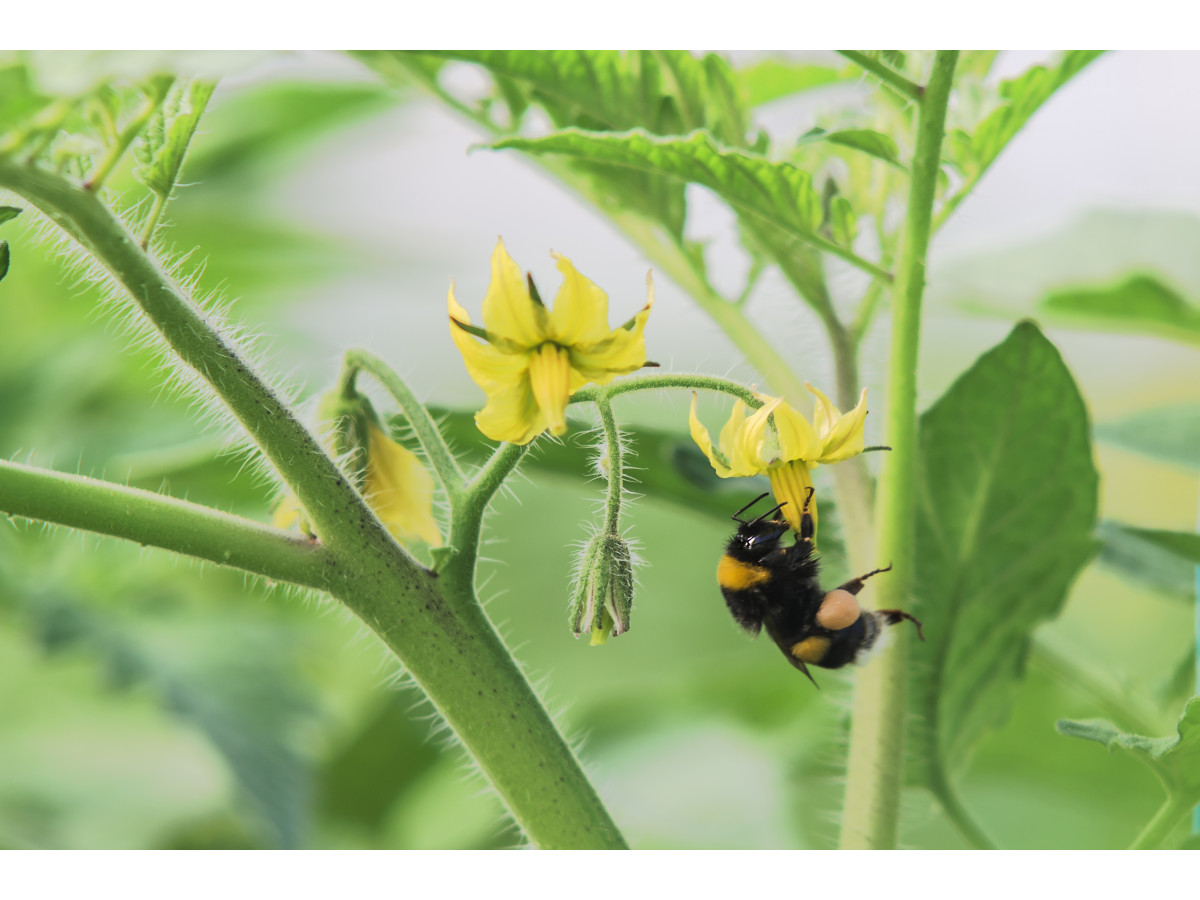Gdy mowa o zapylaniu, większość z nas wyobraża sobie pszczoły miodne. Owszem, są wspaniałymi zbieraczami miodu, ale niewielu zdaje sobie sprawę, że ich skuteczność w zapylaniu kwiatów nie jest tak wysoka jak dzikich pszczół i trzmiele. Podczas gdy techniki hodowli dzikich pszczół dopiero zyskują na popularności, trzmiele są używane w agronomii od ponad trzech dekad.
Dlaczego trzmiele są skuteczne w zapylaniu?
Trzmiele są bardziej zainteresowane zbieraniem pyłku niż nektaru, w przeciwieństwie do pszczół. Gwarantuje to intensywny kontakt z kwiatami, zwiększając prawdopodobieństwo udanego zapylania. Ich zdolność do tworzenia elektrostatycznego ładunku podczas lotu również pomaga w przyciąganiu pyłku.
Inne zalety trzmiele obejmują:
- Są aktywne przy niższych temperaturach, zaczynając od +5°C.
- Trzmiele mogą pracować nawet w pochmurne dni, gdy pszczoły są mniej aktywne.
- Wytrzymują wiatry do 70 km/h.
- Ich zdolność do buczącego zapylania zwiększa jakość zapylania niektórych upraw.
- Dzięki większemu rozmiarowi i włochatym ciałom, trzmiele są bardziej wydajnymi przenośnikami pyłku.
- Pracują od wschodu do zachodu słońca.
- Są mniej wrażliwe na promieniowanie ultrafioletowe, co sprawia, że nadają się do pracy w plastikowych szklarniach.
- Trzmiele skupiają się na pracy bliżej swojego gniazda, zwiększając efektywność zapylania.
- Są spokojne, co ułatwia ich używanie obok pracowników rolnych.
Standardy korzystania z trzmiele:
Standardowe gniazdo trzmiele zawiera 60-80 robotnic. Stawki osiedlenia różnią się w zależności od uprawy.
Środki ostrożności:
Pestycydy stanowią znaczne zagrożenie dla trzmiele, dlatego ich gniazda należy uszczelniać lub przenosić, gdy używane są te chemikalia.
Uwagi końcowe:
Zrozumienie i współpraca z żywymi organizmami w agronomii może być kluczem do osiągnięcia bardziej ekologicznych i produktywnych podejść w rolnictwie.

Napisz komentarz